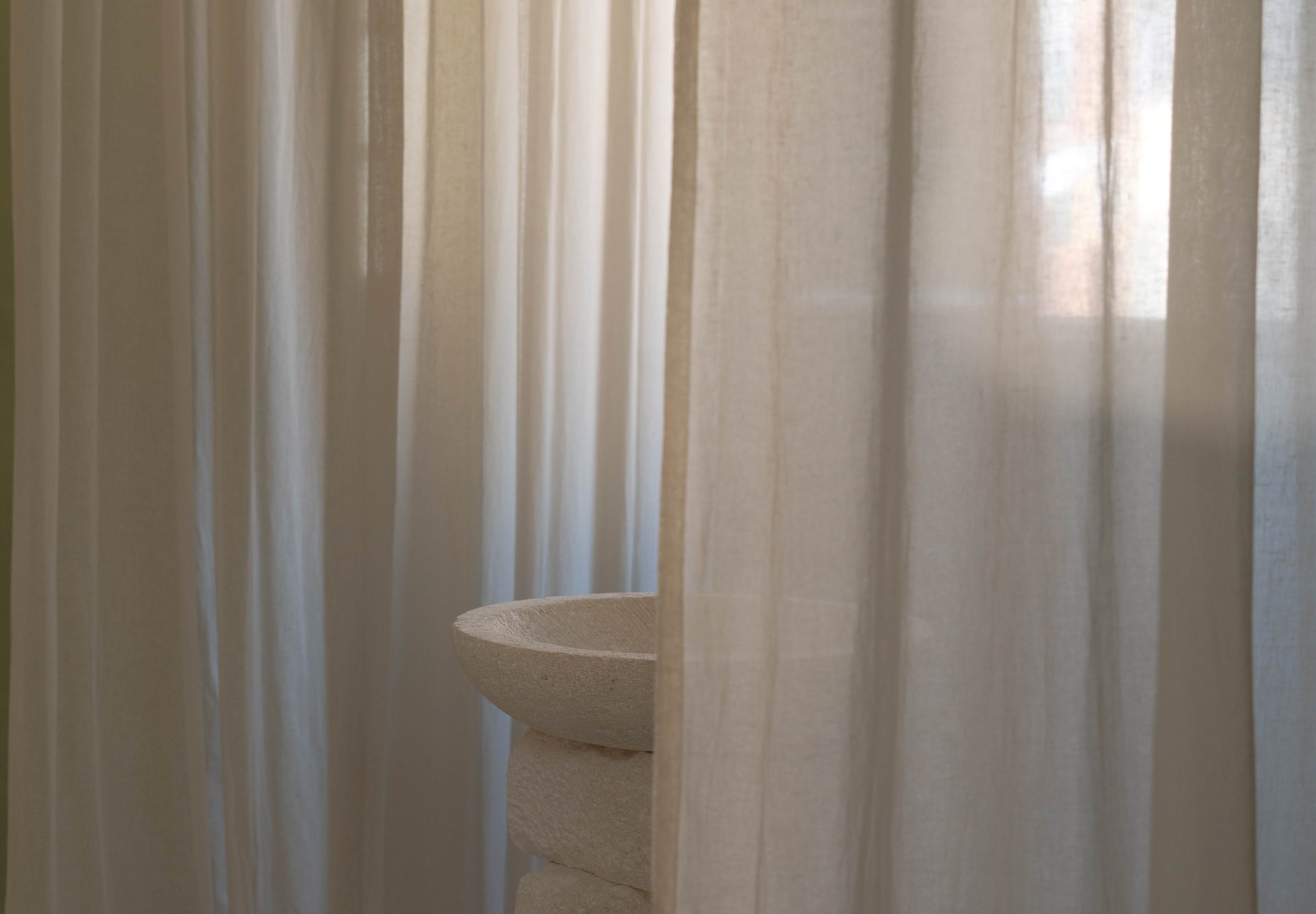
Adding some new drapes or curtains to your living room can make all the difference in the world to the room’s overall look and feel, and it’s one of the easiest home improvement projects you can do. No matter what style your home is or what kind of look you’re going for, you can find linens that match perfectly. Let’s take a look at some of the best styles out there right now!
Linen is one of the oldest fabrics known to man, and it’s still as popular today as it was back then. Linen curtains are made from 100% linen, which is woven from flax plant fibres that have been processed into yarn. These plants grow quickly and in abundance, making them an affordable option for decorating your windows. Linen’s natural texture lends itself well to window treatments like drapes and panels, adding a crisp and clean feel to any room. There are many different varieties of linen fabric on the market, so you can find something with the look you’re going for. When shopping for new curtains or panels, be sure to take advantage of free swatches so you can see how they will look up close. For example, some linens are pressed more than others and may not give the same feeling at full length. You might also want to pay attention to length; these textiles can be hung long or short depending on your needs. If you plan on sewing them yourself, remember that ironing after each step will help maintain the finished product. And last but not least – don’t forget about care!
Choosing the right type and colour of linens for your windows can be daunting, but it doesn’t have to be. Below are some guidelines you can follow when choosing window coverings, based on what you want them to do.
1) Warmth – If you live in an area where winters are cold and snowy, or if there is no central heating in the house, then heavyweight linen may be the best choice for your windows. Linens are made from natural fibres that soak up sunlight during the day and release heat at night when they cool down. This will help keep winter drafts out and provide warmth during the cold winter months. A heavier fabric will also last longer because it takes more wear and tear before starting to show signs of wear.
2) Privacy – Window coverings with slats or gaps between the panes can let the light come through, which means more privacy than blinds with perforations on the sides. Darker colours offer more privacy as well; for example, navy blue provides more privacy than lighter colours like white or cream.
3) Energy Efficiency – Generally speaking, draperies are better insulators than sheers and roller shades because they typically provide less space between their panels that allow air currents inside your room. However, this isn’t always the case. Sheers and roller shades can still be great options for letting in daylight while keeping energy bills low. What’s important is to get an idea of how much light enters your rooms throughout the day so you can find the best balance of light and insulation for your needs.
4) Style – Linens come in all sorts of different styles these days, from crisp cotton to textured weaves to florals with metallic threads woven into them.
The more you take care of them, the better they will look and feel. Linen curtains require a bit more maintenance than regular curtains because they are made from natural fabric. But don’t worry, it’s not too difficult! A few simple steps should be enough to keep them looking great for years to come. First things first, make sure you’re washing them every month with cold water on the gentle cycle and that you use a mild soap like Woolite or Ivory Liquid. Second, once you’ve washed and dried them thoroughly, iron the backside of the curtain and hang it on a clothesline outside in direct sunlight (if possible) for about 30 minutes before bringing it back inside to air dry completely. Don’t forget to open up the curtain so both sides can get equal exposure to the sun. Next, remove all curtains from your windows and vacuum or sweep each one, then place them in an empty tub or basin of cool water with 1/2 cup white vinegar per gallon of water. Let them soak for at least an hour before removing them from the tub and hanging each one over a line outdoors to drip dry. And finally, store any unused linens in plastic bags away from light until next season. And, from where to buy these linens? So linen offers great variety with exclusive pricing. Check them out!
main photo: unsplash.com/Lucas Calloch